Russian oil refineries are not usually the subject of media attention, but recently made headlines when new long-range Ukrainian unmanned aerial vehicles (UAVs or drones) targeted some of Moscow's oil infrastructure.
The military strikes show that Ukraine has changed tactics and is increasingly targeting the Kremlin’s cash cow, the oil and gas sector. The attacks have also attracted a lot of media attention because they raise big questions about how Russia’s energy sector is coping with wartime pressures.
That is the opinion of Mr. Sergey Vakulenko, an independent energy analyst and consultant for a number of Russian and international oil and gas companies, in a post last weekend on the website of the Carnegie Endowment for International Peace .
In his article, Mr. Vakulenko clarified the role of oil refineries in the Russian economy even though they do not directly generate huge revenues like crude oil.
“On the one hand, the additional income Russia receives from exporting refined products is relatively insignificant compared to what it earns from selling crude oil directly. Ironically, Russia’s tax system means that the state loses revenue if energy companies export refined products instead of crude oil,” said Mr. Vakulenko.
“On the other hand, exporting oil products allows Russia to target many segments of the global oil market. And of course, refineries are vital both for the Russian economy and for its military campaign in Ukraine: cars, trucks, tractors, harvesters, tanks, warships and planes all need gasoline, diesel and fuel; they cannot run on crude oil,” the expert added.
The threat from long-range drones
On January 21, a fire broke out at the Ust-Luga petrochemical complex in northwestern Russia, near St Petersburg, owned by energy giant Novatek. Ukrainian media reported that the cause was a long-range drone attack.
While Novatek is best known for producing and selling LNG, the Ust-Luga plant on the Baltic Sea produces petroleum products such as naphtha and jet fuel from stabilized gas condensate, all of which are exported. The drone attack caused a fire that shut down the plant for at least a week for repairs.
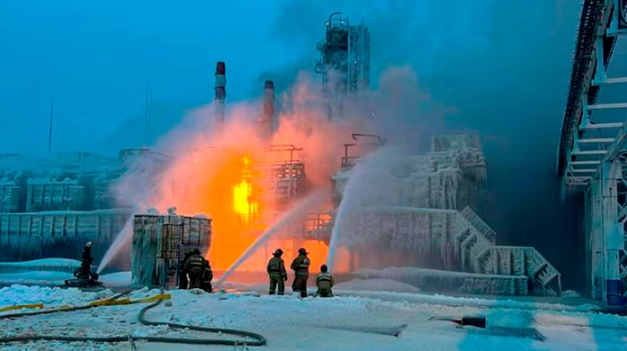
Firefighters try to extinguish a fire at part of the Ust-Luga petrochemical complex in northwestern Russia, owned by energy giant Novatek, on January 21, 2024. Photo: Financial Times
Just days later, on January 25, another fire broke out at the Tuapse refinery on the Black Sea owned by state-owned oil giant Rosneft. The fire there was also quickly extinguished, but it was one of several energy infrastructure facilities hit by fires or drone attacks across Russia in recent weeks.
The Tuapse refinery is Russia's only major oil refinery located on the Black Sea coast and is one of the country's oldest, built in 1929. The plant's annual capacity is 12 million tons, or 240,000 barrels per day.
Like the Ust-Luga complex, the Tuapse plant is primarily export-oriented, serving Turkey, China, Malaysia and Singapore. The Black Sea plant also produces similar petroleum products to Ust Luga, including naphtha, fuel oil, vacuum oil and high-sulfur diesel.
Notably, Ust-Luga and Tuapse are not the only Russian refineries to have suffered from woes this year. On January 12, a fire broke out at the Kstovo refinery owned by Lukoil, Russia’s leading private energy company, causing traders to worry as it is another major producer.
Western sanctions mean Lukoil may not be able to fix faulty compressors for months – not weeks as expected, Mr Vakulenko said.
The Security Service of Ukraine (SBU) has claimed responsibility for the attack on Tuapse, using a new long-range drone to attack the plant, which is about 1,000 km from Ukrainian-controlled territory. Ust-Luga is also about 600 km from Ukraine.
The attacks appear to be aimed at limiting Russia’s ability to produce oil products needed to conduct its military campaign in Ukraine, as well as at reducing the revenue Moscow earns from exporting “black gold.”
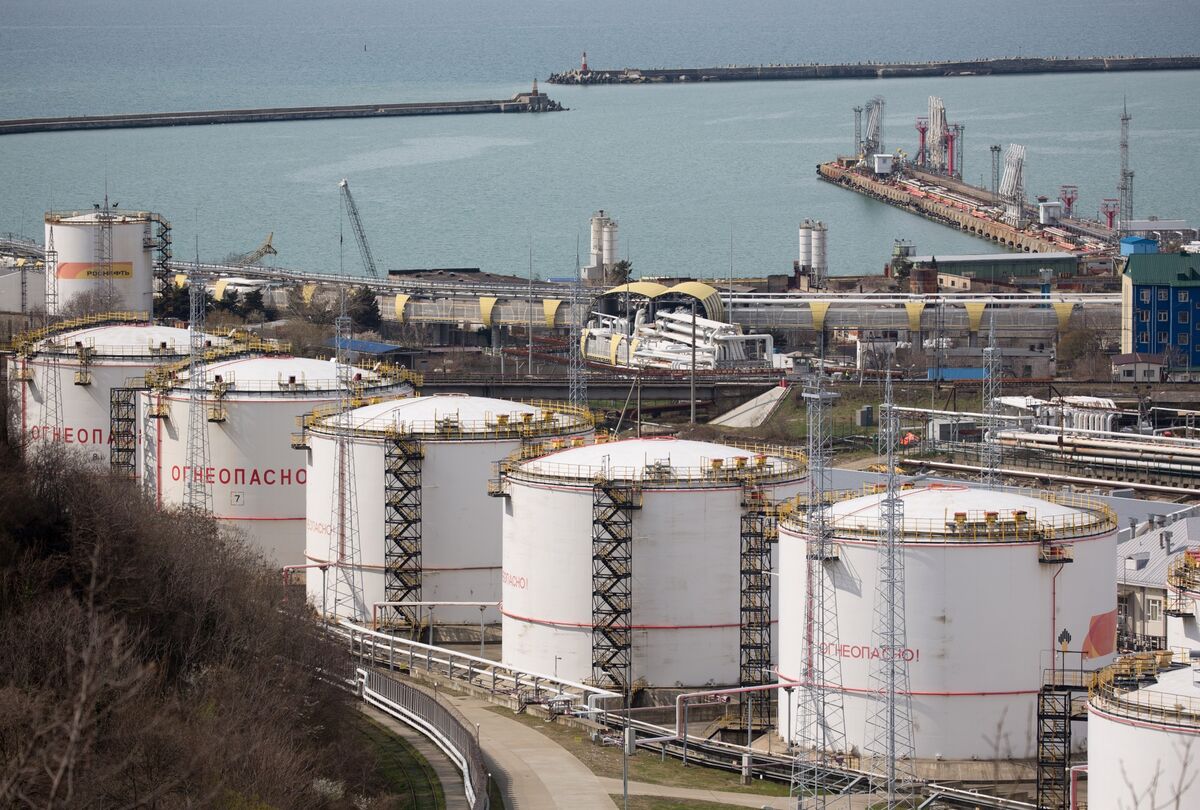
Oil tanks at Rosneft PJSC’s Tuapse refinery in Krasnodar, on the northeastern Black Sea. The fire at the Tuapse refinery is the latest in a series of incidents at Russian downstream and energy export facilities that have been blamed on Ukrainian drone attacks. Photo: Bloomberg
“Attacks on oil depots and storage facilities disrupt Russian logistics routes and slow down combat operations,” Olena Lapenko, an energy security expert at the Ukrainian research group DiXi Group, told The New York Times.
“The disruption of oil supplies – the lifeblood of the human body – is part of Ukraine’s broader strategy to counter Russia on the battlefield,” Lapenko added.
In this direction, it is not excluded that many similar attacks will be carried out, targeting other Russian refineries that produce oil products for the domestic market.
“The two refineries attacked by Ukraine in January were both export-oriented and do not play a major role in the domestic market. However, if small drones carrying no more than 5 kg of explosives were able to reach Ust-Luga, far from Ukrainian territory, this would mean that a total of 18 Russian refineries with a combined capacity of 3.5 million barrels per day (more than half of the total capacity of the refineries in Russia) could be targeted,” Vakulenko predicted.
The harmful effects of the "harassment attack" campaign
The oil and gas industry is arguably Russia’s most lucrative sector, but it is also its “weak spot.” Russia’s vulnerability to reduced domestic oil supplies was highlighted by last summer’s fuel crisis, when the domestic market was hit by fuel shortages that sent gasoline prices soaring.
While suicide drones attacking oil refineries may create the visual effect of giant fireballs, in reality Russian refineries are much better protected against airstrikes thanks to strict Soviet-era rules.
“Russian building codes—a relic of the Cold War—make refineries resistant to conventional bombing. And they usually have plenty of firefighting equipment on hand,” Vakulenko said. “This means drones can’t destroy the entire refinery. But they can start fires. And if the enemy is lucky enough to hit a gas fractionation unit, they can cause an even bigger explosion.”
Fires at both refineries that broke out last week were quickly extinguished and despite significant damage, the refineries are expected to resume operations relatively quickly, Vakulenko said, albeit at reduced capacity.
Since the collapse of the Soviet Union, Russia’s oil industry has been modernizing, an effort that accelerated rapidly after the 1998 financial crisis. After the ruble fell to a quarter of its pre-crisis level, Russia’s oil companies remained cash cows. While their costs, measured in rubles, fell by three-quarters, their revenues, measured in dollars, remained the same. More money was invested in Russian oil companies in 1999 than in the entire previous decade.

While Ukraine’s cheap drones aren’t powerful enough to take out a Russian refinery, a sustained campaign of “harassment attacks” could have a serious impact on Moscow’s ability to supply its war effort. Photo: NY Times
Russia's oil industry has become heavily dependent on imported technology, a trend that came to an abrupt halt in 2022 after the Kremlin's military campaign in Ukraine upended its global integration model, raising concerns about Russia's long-term industrial sustainability in isolation.
For example, lack of access to technology was said to be a huge problem at Lukoil's Kstovo refinery, where a faulty air compressor caused a fire.
“Lukoil will almost certainly face significant difficulties in integrating non-original components. In the worst case, the refinery may even need to purchase completely new equipment,” said Mr. Vakulenko.
“It is true that compressors are not particularly complex machines and are produced by Russian and Chinese factories. But that will not solve Lukoil’s problems – just as you cannot replace a faulty clutch in a BMW with a similar part in a Russian-made Lada. The same applies in industry. And getting used to what is available will create a whole host of problems.”
A significant hurdle for Lukoil, and potentially the Tuapse and Ust-Luga refineries, is getting approval for repairs from Russian safety regulators. Current regulations require compliance with original equipment manufacturer specifications and repair parts, a huge challenge when original equipment manufacturers are not selling their parts to Russia due to the sanctions regime imposed by the West.
The upshot is that while Ukrainian drones are not powerful enough to destroy Russian refineries, they are cheap to produce and Ukraine has large numbers of them, giving Kiev the ability to carry out a sustained campaign of “harassment attacks,” Vakulenko said.
“With a little luck, cheap drones can damage not only pipelines but also compressors, valves, controllers and other equipment that is difficult to replace due to sanctions,” the expert added.
The new strategy targeting Russia's oil infrastructure represents a new and serious challenge to Russia's industrial resilience, while increasing pressure on the economy to fuel the Kremlin's war effort.
While Russia boasts a larger industrial base than Ukraine, its international isolation means repairs are much more difficult, so even nuisance attacks can have a significant impact on the battlefield.
“A wave of attacks on oil refineries in western Russia could have very serious consequences. In any case, Russia’s resilience and reserve ingenuity are likely to be tested. The speed and quality of repairs at Kstovo, Ust-Luga and Tuapse will be a test of Moscow’s endurance,” Vakulenko concluded .
Minh Duc (According to IntelliNews, Business Insider)
Source





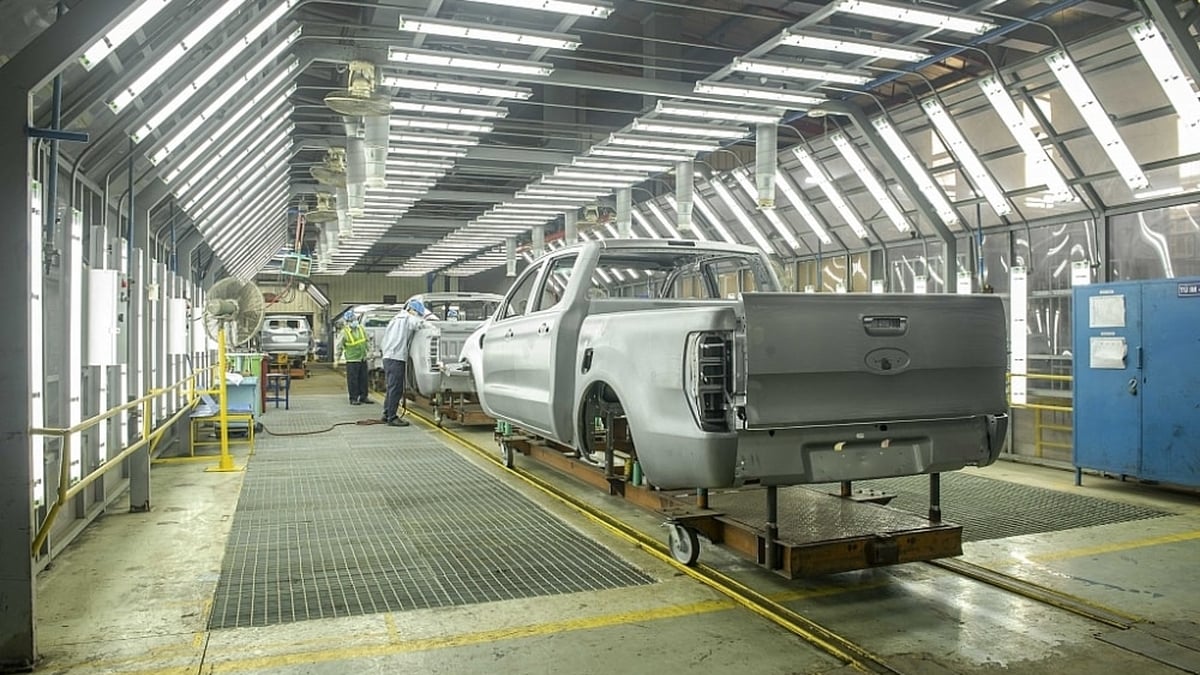
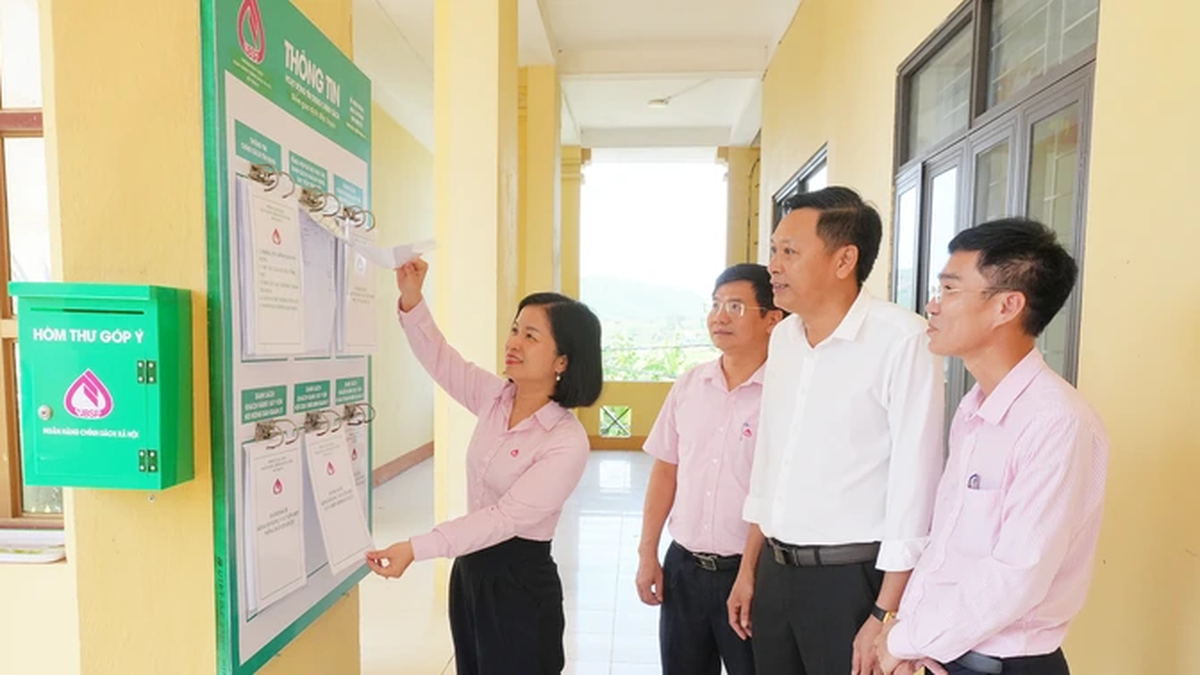

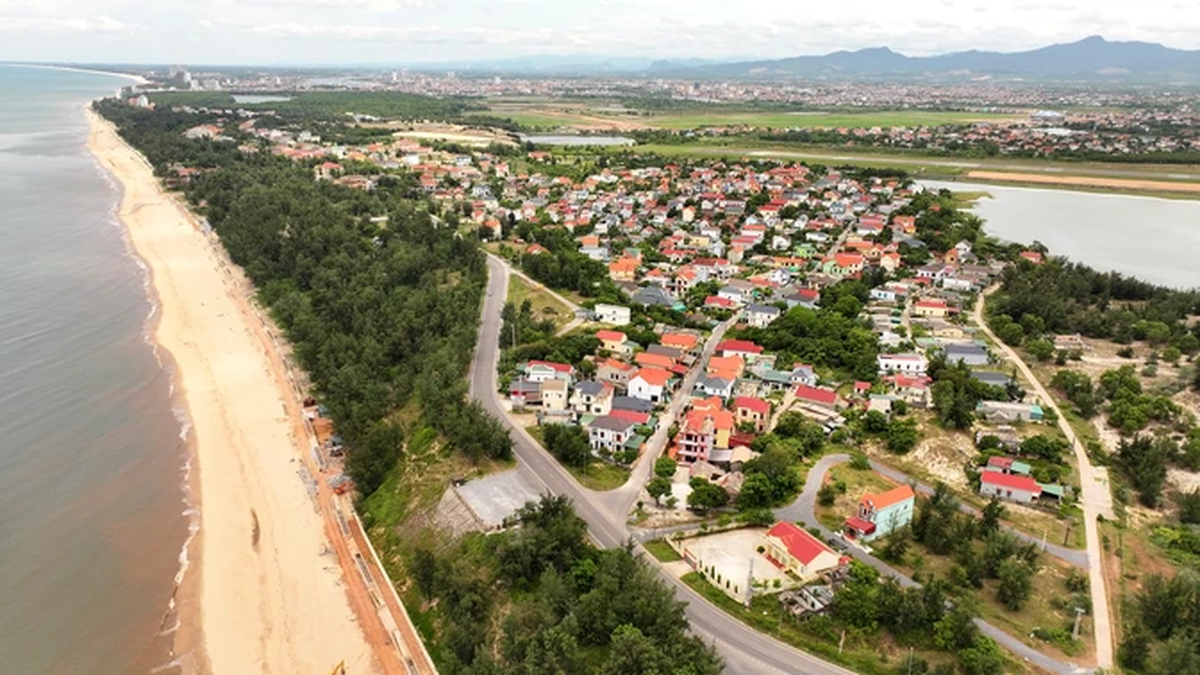


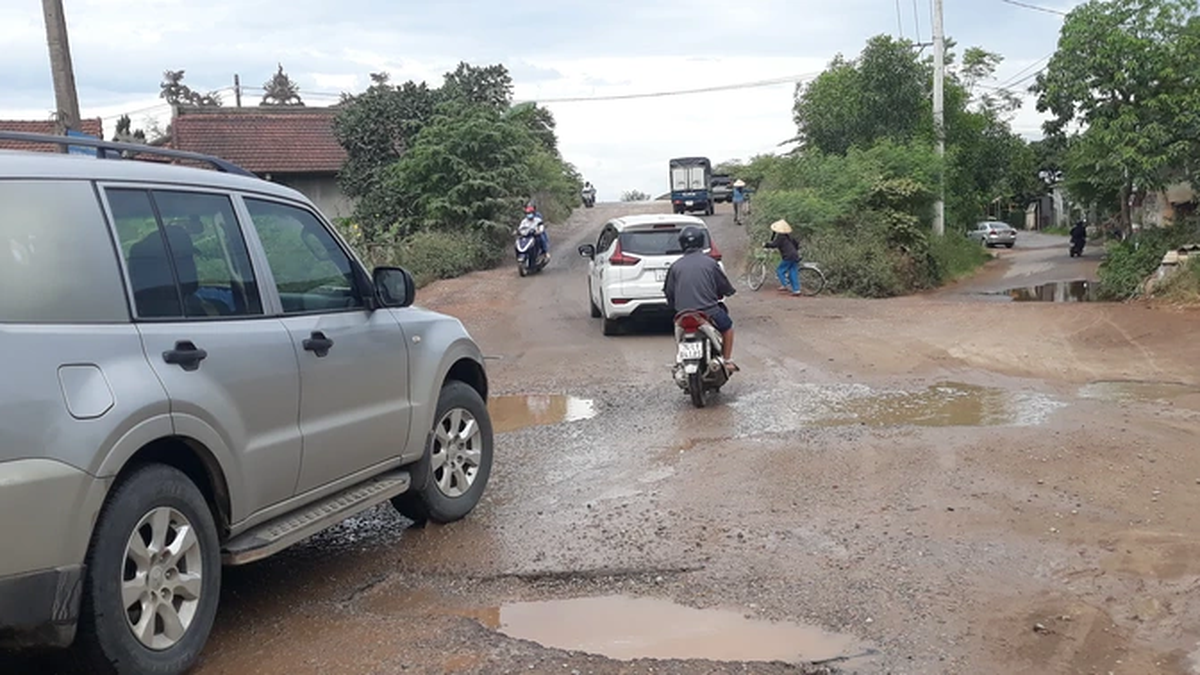











































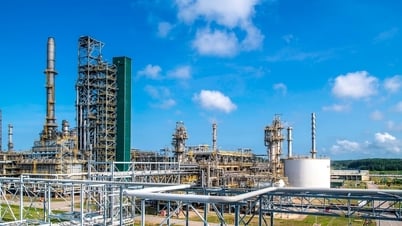



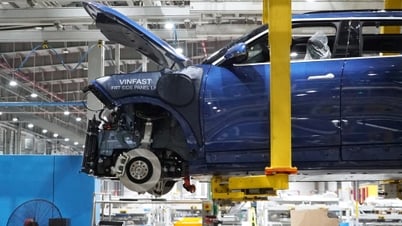









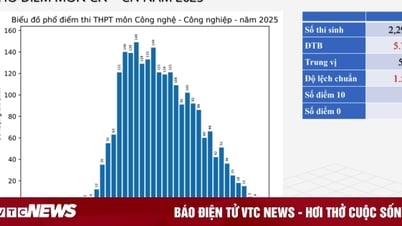




























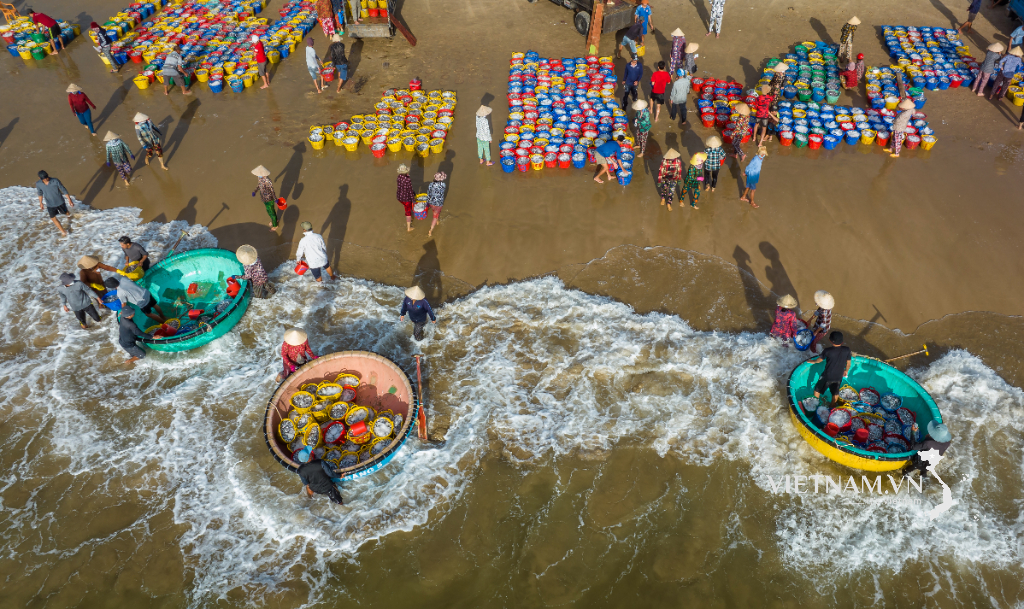



Comment (0)